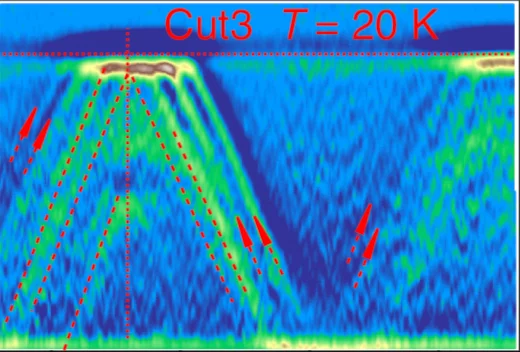Weyl fermions as emergent quasiparticles can arise in Weyl semimetals (WSMs) in which the energy bands are nondegenerate, resulting from inversion or time-reversal symmetry breaking. Nevertheless, experimental evidence for magnetically induced WSMs is scarce. Here, using photoemission spectroscopy, we observe that the degeneracy of Bloch bands is already lifted in the paramagnetic phase of EuCd2As2. We attribute this effect to the itinerant electrons experiencing quasi-static and quasi–long-range ferromagnetic fluctuations. Moreover, the spin-nondegenerate band structure harbors a pair of ideal Weyl nodes near the Fermi level. Hence, we show that long-range magnetic order and the spontaneous breaking of time-reversal symmetry are not essential requirements for WSM states in centrosymmetric systems and that WSM states can emerge in a wider range of condensed matter systems than previously thought.
Facility: SLS, SμS
Reference: J.Z. Ma et al, Science Advances 5, eaaw4718 (2019)
Read full article: here


